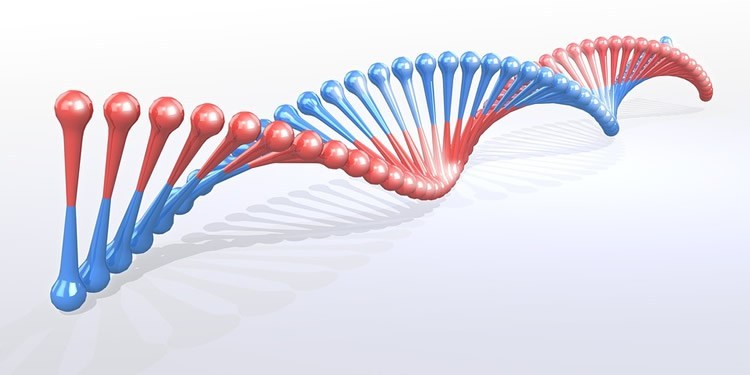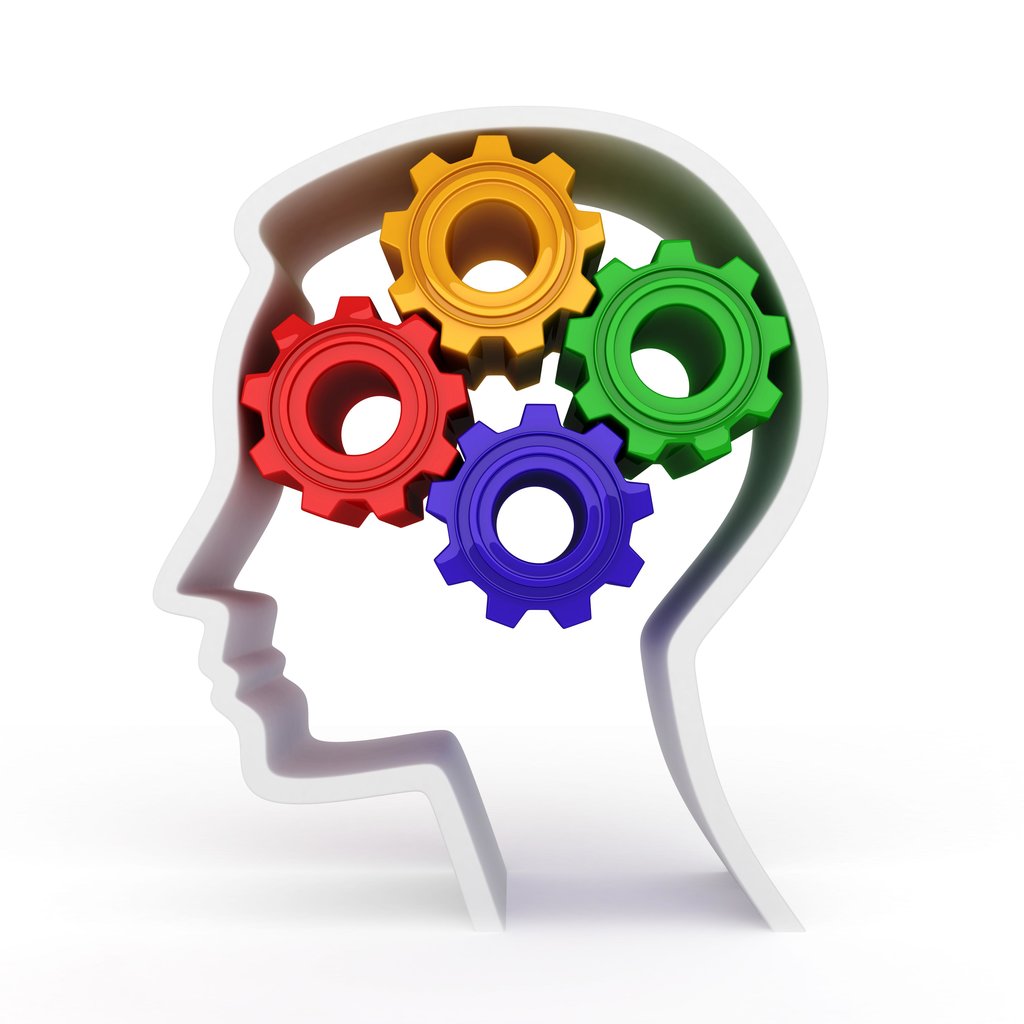A new study challenges the presumption that people born with developmental brain disorders such as severe autism will benefit from medical interventions only if treated during a narrow window in infancy or early childhood. Writing in the journal eLife, an open-access scientific journal, the Rumbaugh lab at Scripps Research in Florida reports improvement in measures of seizure and memory in adult mouse models of a genetic cause of autism, called SYNGAP1 disorder. Children born with only one working copy of the SYNGAP1 gene don’t make enough of the critical SynGAP protein.…
Read MoreCategory: Health
Brain regions linked to memory and emotion help humans navigate smell
Species like dogs and rodents use their sense of smell to navigate toward desirable items and places and away from those they should avoid. But do humans have the same capabilities? It’s a question University of Pennsylvania neurobiologist Jay Gottfried has been trying to answer, and by mixing pine and banana scents to create a unique “smellscape,” he was able to decipher how the human brain uses such odor information to move through particular two-dimensional environments. “Each of our five senses plays a unique role, but smell seems to be…
Read MoreNew insight into how obesity, insulin resistance can impair cognition
Obesity can break down our protective blood brain barrier resulting in problems with learning and memory, scientists report. They knew that chronic activation of the receptor Adora2a on the endothelial cells that line this important barrier in our brain can let factors from the blood enter the brain and affect the function of our neurons. Now Medical College of Georgia scientists have shown that when they block Adora2a in a model of diet-induced obesity, this important barrier function is maintained. “We know that obesity and insulin resistance break down the…
Read MoreThis Weird Truth of What Belly Button Lint Is Actually Made Of
Georg Steinhauser, a professor of ecology and radiation studies at Leibniz University in Germany has done quite a lot of environmental research in the past decade, but ever since a popular study in 2009, he’s been known for one thing: belly button lint — or, as Steinhauser puts it, “navel fluff.” Now, I know what you’re thinking: First, let’s all use the phrase “navel fluff” way more often from now on. And second, what is that, anyway? It’s that very curiosity that’s led to Steinhauser being hounded for nearly 10 years, and to us sitting down…
Read MoreGender identity leaves imprint on human brains
Society’s expectations about gender roles alter the human brain at the cellular level, according to a paper published by a group of neuroscience researchers at Georgia State University. “We are just starting to understand and study the ways in which gender identity, rather than sex, may cause the brain to differ in males and females,” said Nancy Forger, professor and director of the Neuroscience Institute. Though the terms ‘sex’ and ‘gender’ are often used interchangeably by the average person, for neuroscientists, they mean different things, Forger said. “Sex is based…
Read More




